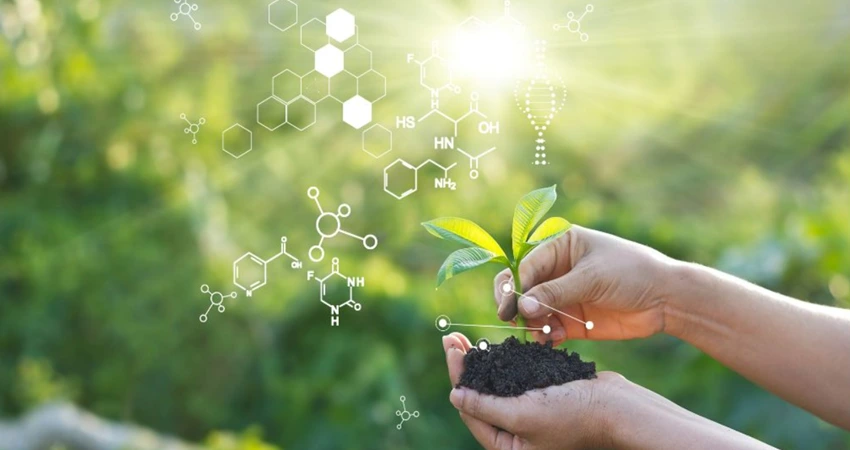1.What are the raw materials for cement?
Ans: Calcarious materials – limestone,chalk etc.
Argllacious materials – clay, shale etc.
Powedered coal
Gypsum.

2. What is the highest temperature maintained in the rotary kiln during the cement manufacture.
Ans: 1500 – 1700°C.
3. What are the basic chemicals present in the cement produced by Dry process?
Ans:
i) Lime ( CaO )
ii) Silica (SiO2 )
iii) Alumina (Al2 O3 )
iv) Iron oxide (Fe2O3 )
v) Magnesium oxide (MgO)
vi) Gypsym (CaSO4)
4. What are the steps involved in the manufacture of cement?
(a) Crushing and mixing of raw materials
(b) Burning
(c)Grinding of clinker
(d) Storage and packing
5. What is the difference between wet and dry process?
Ans:
| S. No | Wet process | Dry process |
| 1. | It is an old method. | It is new method. |
| 2. | Cost is high. | Cost is low. |
| 3. | Wet process is preferred, if the lime stone and clay are soft. | Dry process is preferred, if the lime stone and clay are hard. |
6. What are the various zones in kiln?
Ans: Various zones in the kiln are,
-
- Drying zone
- Calcining zone
- Clinkering zone
7. What are the chemical reactions taking place in the rotary kiln during the manufacture of cement.
Ans.
2CaO + SiO2 → 2CaO. SiO2 or C2S (dicalcium silicate )
3CaO +SiO2 → 3CaO. SiO2 or C3S (Tricalcium silicate )
3CaO +Al2O3 → 3CaO. Al2O3 or C3A (Tricalcium aluminate )
3CaO +Al2O3 + F2O3 → 4CaO. Al2O3. F2O3 or C3AF (Tetracalcium alumino ferrite )
8. What is the chemical responsible for slow rate of setting of cement and why?
Ans:
Tri calcium aluminate (C3A) combines with water with the evolution of heat.
C3A + 6H2O —–> C3A 6H2O + Heat
The added gypsum retards the dissolution of C3A.6H2O by forming insoluble calcium sulfoaluminate
3CaO. Al2O3 x CaSO4 7H2O
9. Give the equations of initial setting of cement
Ans. 3CaO. Al2O3 +6H2O → 3CaO. Al2O3 .6H2O
Or
C3A + 6H2O → C3A. 6H2O
10. What is the temperature maintained in the rotary kiln during the manufacture of cement?
Ans: 1500 to 1700°C
Ans: Gypsum retard the initial setting of the cement.
12. Give the sequence of changes during setting and hardening
13. What is water proof cement?
Ans. These cements are prepared by mixing with ordinary or rapid hardening cements, a small percentage of some metal stearate ( Ca, Al etc.) at the time of grinding.
This type of cement decreases the wetting ability of cement.
14. What is white cement?
Ans. It is prepared from such raw materials which are practically free from colouring oxides of iron, manganese or chromium.
It is white in colour.
15. Mention some of the special cements and its uses.
Ans: a) White Portland cement used in joining marbles, white tiles etc., Also used in the manufactured of monaic tiles.
b) Water proof cement is used in moisture or water contaminated area to protect it.
| Read More Topics |
| Abrasives – Questions and answers |
| Protective coatings – Questions and answers |
| Electrochemistry – Questions and answers |





